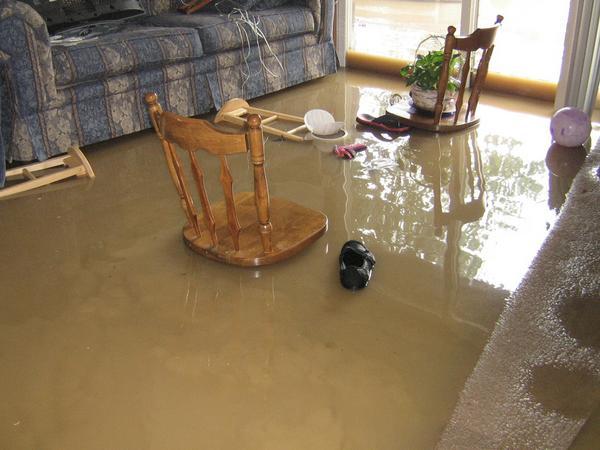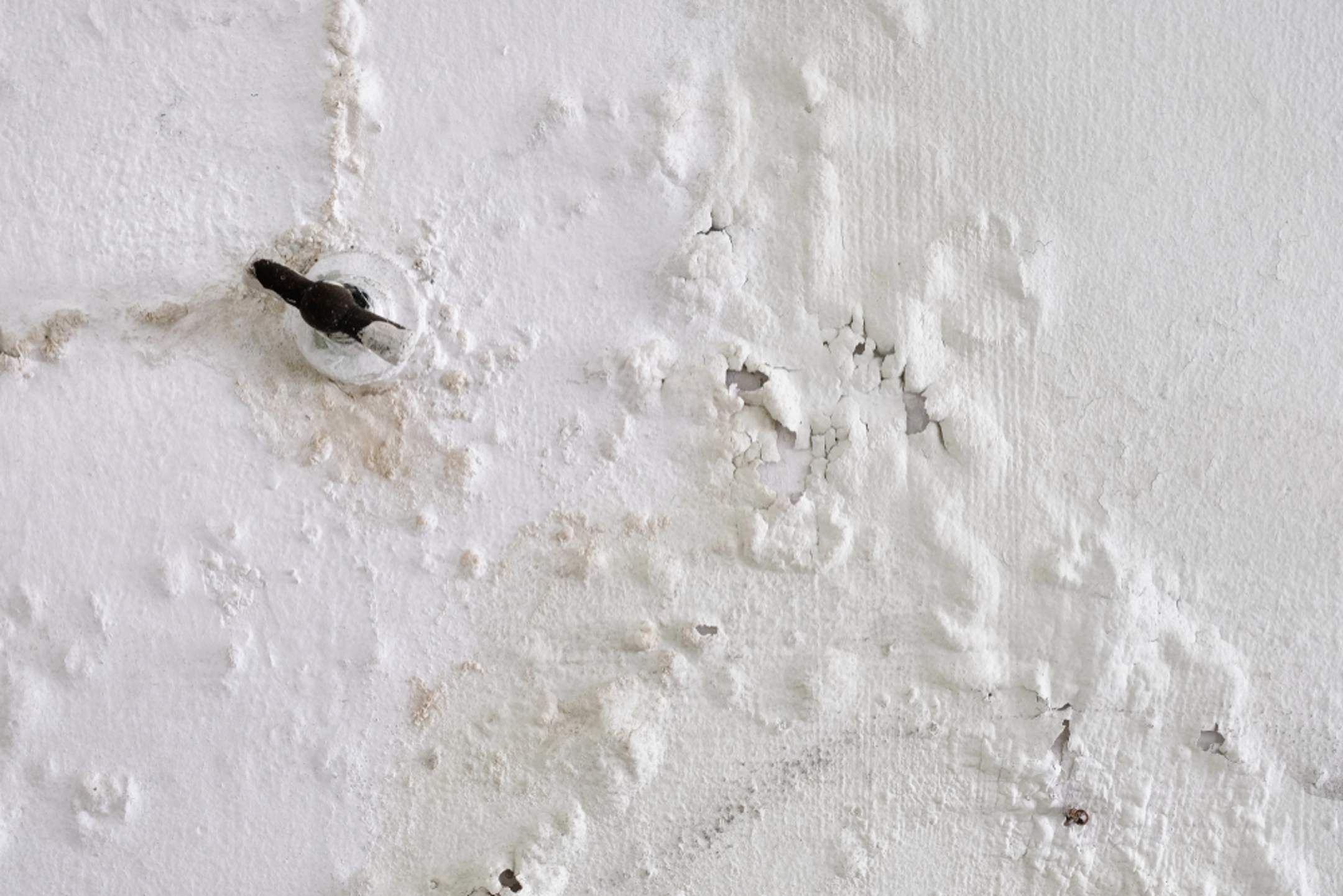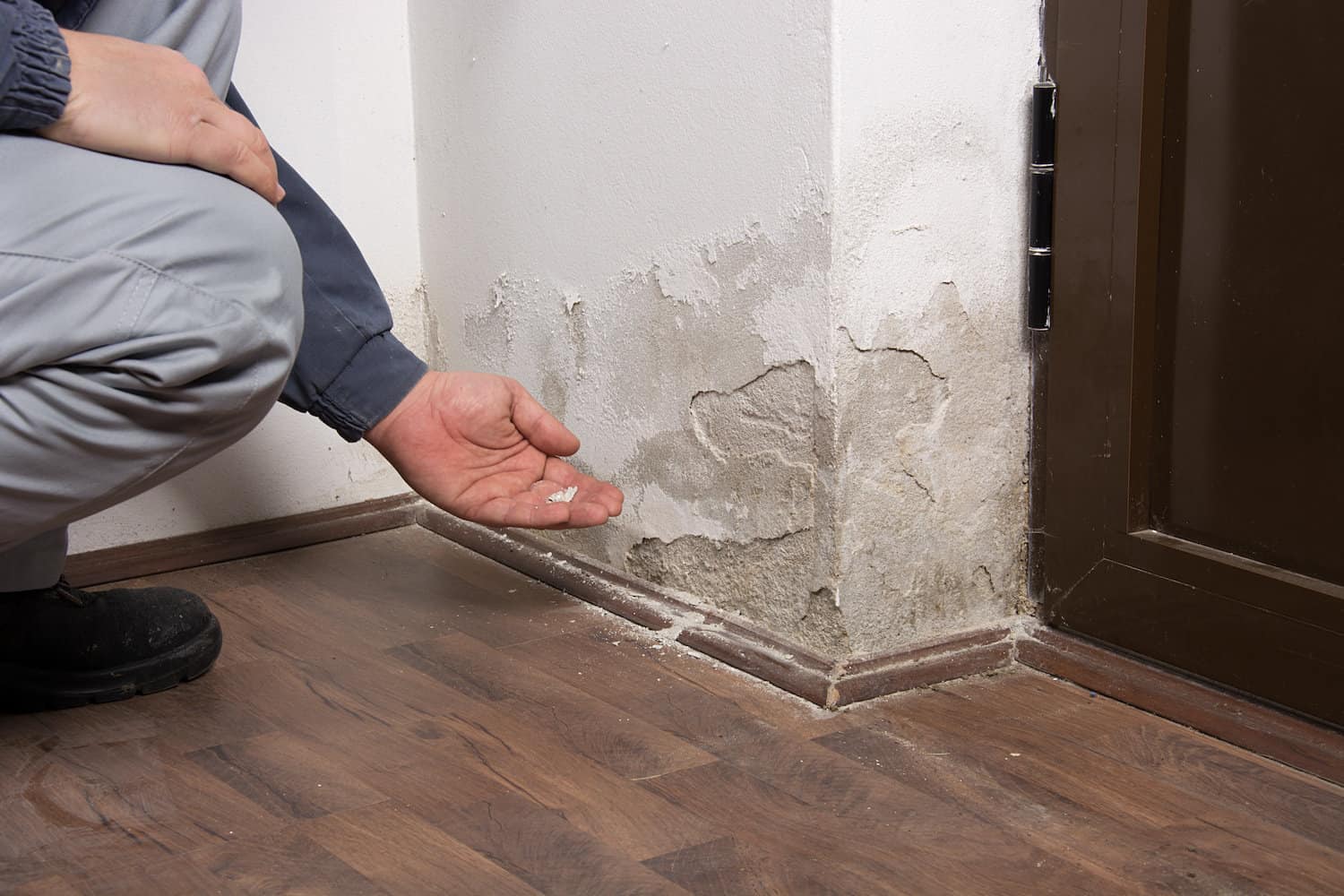Leading Water Mitigation Company Offering Fast and Efficient Solutions
Leading Water Mitigation Company Offering Fast and Efficient Solutions
Blog Article
The Process of Water Damage Cleanup: Ensuring Your Home Is Restored Properly
Water damage can be a complicated obstacle for property owners, demanding a meticulous and organized clean-up procedure to recover security and performance. damage restoration services. Following this, reliable water removal techniques play a crucial role in mitigating further harm.
Assessing the Damages
Upon finding water damage, the very first step is to completely examine the extent of the effect. This initial evaluation is vital, as it helps figure out the needed actions for reliable cleanup and restoration. Begin by evaluating the impacted areas, consisting of wall surfaces, ceilings, floors, and personal belongings, to identify the source of the water invasion, whether from flooding, leaks, or condensation.
Documenting the damage is essential for both insurance policy cases and preparing remediation initiatives - damage restoration services. Use photographs and written notes to catch the seriousness of the damage, keeping in mind any afflicted structural elements and products. Pay unique focus to locations that may not be right away noticeable, such as behind walls and under rugs, as hidden moisture can cause further problems, including mold development
In addition, analyze the timeline of the water exposure. Ultimately, a thorough assessment lays the foundation for a successful water damage cleanup process, making sure that all impacted areas are dealt with efficiently and extensively.
Water Removal Techniques

Specialists commonly employ submersible pumps for bigger volumes of water, which can swiftly ease flooding in basements or other impacted locations. For smaller sized amounts, wet/dry vacuums are usually utilized to extract residual moisture from rugs and difficult surface areas. Additionally, making use of mobile extractors enables targeted removal in restricted spaces or areas with fragile materials.
In instances of contaminated water, such as sewer or floodwater, progressed removal strategies may involve using biohazard tools to make certain security and compliance with wellness laws. High-powered extraction tools are crucial in minimizing water retention in structural materials, which can cause mold and mildew growth and structural wear and tear if not addressed immediately.
Inevitably, the efficiency of water removal methods plays a crucial function in the overall success of the water damages clean-up process, preparing for succeeding restoration initiatives.
Drying and Dehumidification
Once standing water has been properly extracted, the following important stage in the water damages cleanup process is drying and dehumidification. This action is essential to avoid additional damage and mold growth, which can happen within 24 to 48 hours in moist atmospheres.
To attain reliable drying, customized tools such as industrial-grade air movers and dehumidifiers is utilized. Air movers distribute air throughout damp surfaces, boosting evaporation rates, while dehumidifiers reduce moisture levels in the air, advertising a conducive atmosphere for drying out. The combination of these tools guarantees that dampness is drawn out from furnishings, floorings, and walls, allowing them to completely dry thoroughly.
It is very important to keep an water cleaner eye on the drying out process very closely. Specialists usually utilize moisture meters to assess the dampness web content in different materials, ensuring that all impacted areas reach acceptable dry skin levels. This careful approach aids to stop surprise dampness pockets that could cause architectural damages or harmful mold and mildew growth.

Cleaning and Sanitizing
After the drying and dehumidification stage is complete, the next essential action in water damages cleaning is cleaning up and sterilizing the impacted areas. This process is vital to stop the development of mold and mildew, bacteria, and various other microorganisms that grow in wet settings.
The cleaning phase commonly entails getting rid of any type of particles, dirt, and impurities from surfaces using specialized cleaning up representatives. For tough surface areas, a combination of soap and water or business cleansing items is frequently used. Soft products, such as upholstery and carpets, might call for extra comprehensive cleaning methods, including vapor cleansing or deep removal methods, to make certain thorough hygiene.

Sanitizing complies with cleansing, making use of EPA-approved disinfectants to get rid of damaging bacteria. This action is crucial, especially in locations that may have entered call with floodwaters or sewer, as these resources can position serious health risks.
Additionally, it is very important to resolve any type of continuing to be smells, which may call Check Out Your URL for the use of odor neutralizers or advanced techniques like ozone treatment. Correct cleansing and sterilizing not only restore the security and hygiene of your home yet additionally lay the foundation for effective restoration and repair services in subsequent phases of the water damages cleaning process.
Reconstruction and Repair Services

When the evaluation is complete, remediation efforts can start. Furthermore, flooring may call for comparable focus, depending on the degree of water exposure.
It is important to involve knowledgeable repair specialists throughout this process, as they possess the know-how to take care of intricate fixings properly. They can assist minimize prospective future problems, such as mold development or architectural instability, hence making certain a secure and habitable living environment. Inevitably, efficient restoration and fixings bring back the home's integrity and improve its overall worth.
Final Thought
In verdict, the process of water damages clean-up is crucial for bring back a home to its pre-damage problem. Each phase, published here from examining the damage to carrying out reliable water extraction methods, adhered to by comprehensive drying out, sanitizing, and required fixings, plays a vital duty in ensuring security and conformity with structure standards. Reliable execution of these steps not only mitigates prompt damage yet also improves the long-lasting honesty and worth of the building.
Water damages can be an overwhelming challenge for homeowners, necessitating a meticulous and organized cleaning procedure to bring back security and performance. Ultimately, a comprehensive assessment lays the foundation for an effective water damage cleanup procedure, making certain that all impacted areas are addressed efficiently and thoroughly.
Reliable water removal methods are important in mitigating damages and stopping more issues complying with a water intrusion event.In final thought, the process of water damage cleanup is crucial for bring back a home to its pre-damage problem. Each phase, from examining the damage to implementing effective water removal methods, complied with by extensive drying out, disinfecting, and needed repairs, plays a necessary function in making sure safety and compliance with structure requirements.
Report this page